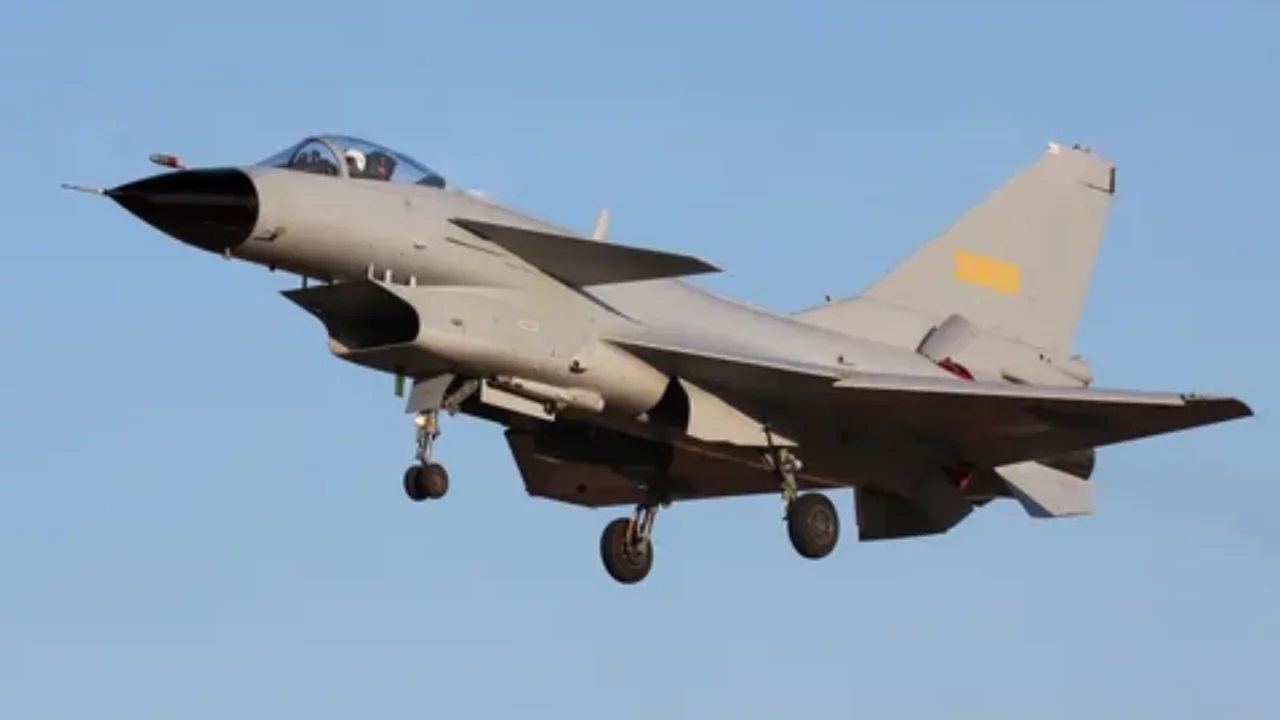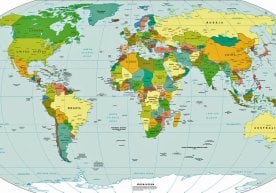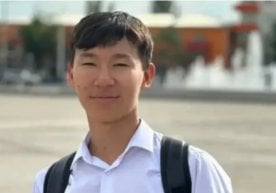
Against the backdrop of global geopolitical tensions, securing air superiority has become a crucial factor not only in military strength but also in strategic stability. After a 12-day confrontation with Israel and the U.S., Iran is moving swiftly to modernize its air force. At the heart of these efforts are China's Chengdu J-10C multirole fighter jets.
Iran's interest in the J-10C is not new. The initiative first emerged in the early 2000s, and by 2015, negotiations for the purchase of 150 aircraft had made significant progress. However, the deal fell through due to China’s demand for payment in foreign currency — something Tehran, facing a currency shortage, could not provide. Iran proposed a barter arrangement using oil and gas, but Beijing rejected this.
Talks stalled in 2015 but resumed in 2020 after the UN lifted its arms embargo on Iran. Still, the original order was reduced to 36 jets, and the payment dispute remains unresolved.
According to the 2025 Military Balance report, Iran had around 150 fighter jets before the conflict with Israel. Most were outdated American models acquired before the Islamic Revolution: the F-4 Phantom II, F-5 Tiger II, and F-14 Tomcat. Due to maintenance difficulties and a lack of spare parts, their operational capability is limited.
Iran's most recent acquisition came in 2023, when it purchased four Russian Su-35 jets. Despite a total order of 50, deliveries have been indefinitely delayed due to the ongoing war in Ukraine.
The Chengdu J-10C is a single-engine, multirole fighter, positioned as a cost-effective alternative to Western F-16s and Gripen E aircraft. The base unit costs about $60 million, while a fully equipped version can reach up to $90 million.
Costs for training, spare parts, and weapons increase the total price, but the J-10C remains a technically and financially viable option for Iran.
Iran's push to modernize its air power strengthens its regional standing and signals broader geopolitical shifts. Its preference for Chinese military technology also highlights a growing trend of turning away from Western arms markets. This development carries significant implications for Central Asian countries, including Uzbekistan. Read “Zamin” on Telegram!
Ctrl
Enter
Found a mistake?
Select the phrase and press Ctrl+Enter Related news













